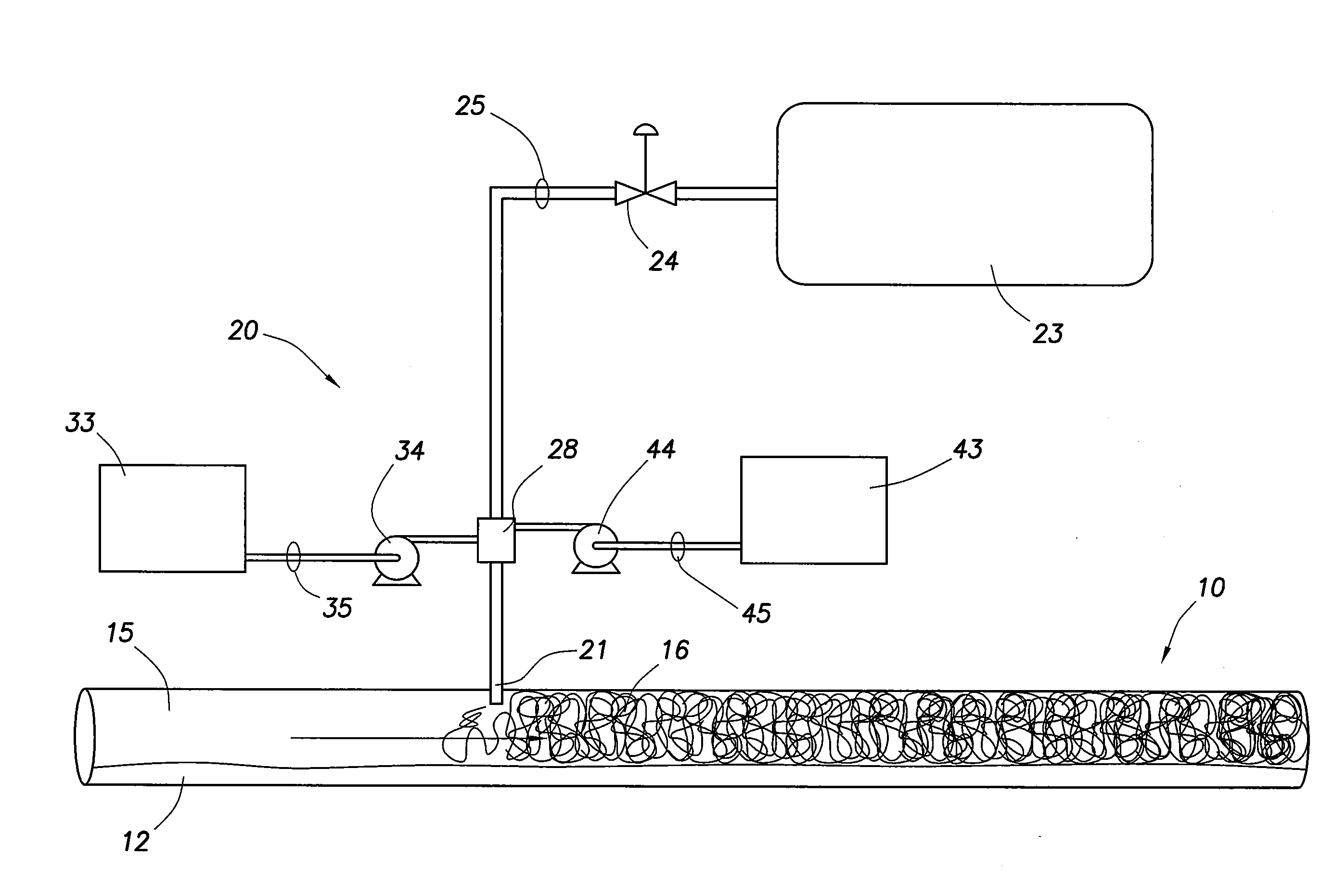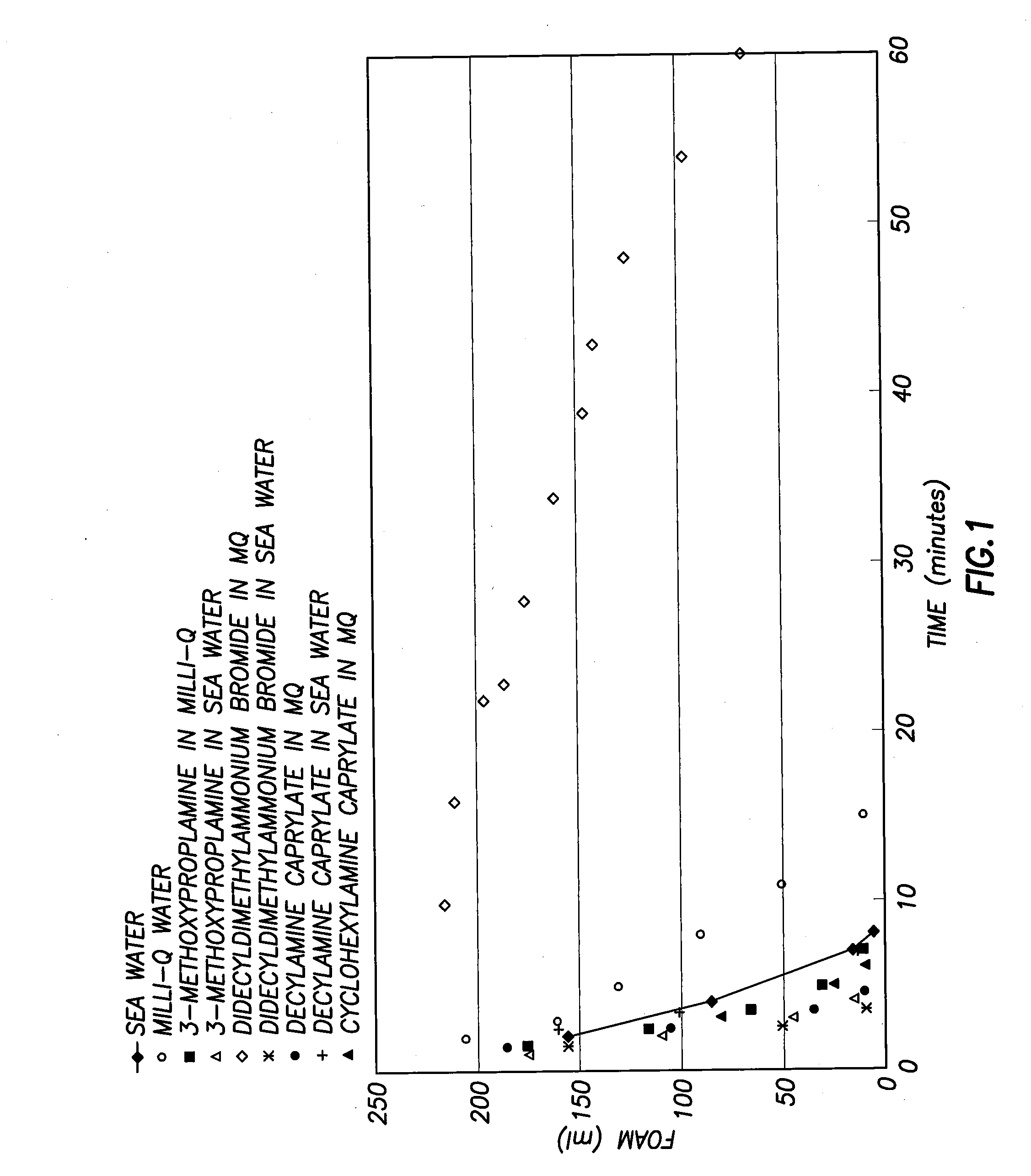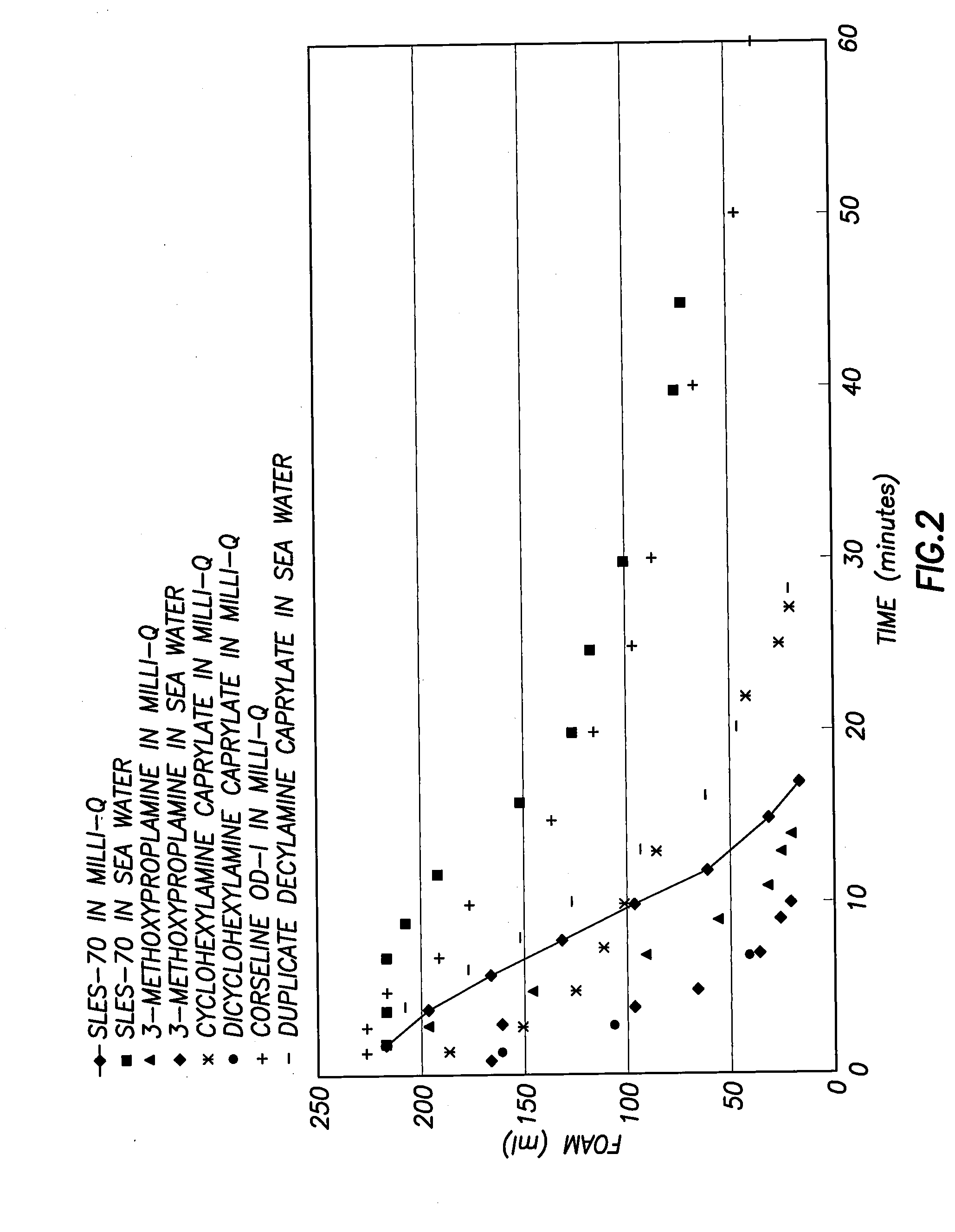Controlling Top of the Line Corrosion in Hydrocarbon Pipelines
a technology for hydrocarbon pipelines and top of the line corrosion, which is applied in the direction of packaging, coatings, chemistry apparatuses and processes, etc., can solve the problems of high cost, high cost, and high risk of corrosion in the entire pipeline, and achieve the effect of cost-effectiveness
- Summary
- Abstract
- Description
- Claims
- Application Information
AI Technical Summary
Benefits of technology
Problems solved by technology
Method used
Image
Examples
Embodiment Construction
[0017]Turning now to the preferred arrangement for the present invention, reference is made to the drawings to enable a more clear understanding of the invention. However, it is to be understood that the inventive features and concept may be manifested in other arrangements and that the scope of the invention is not limited to the embodiments described or illustrated. The scope of the invention is intended only to be limited by the scope of the claims that follow.
[0018]This invention is focused on reducing corrosion in hydrocarbon pipelines and especially at the top or twelve o′clock position with long pipelines. For example, in a natural gas well, other gases are produced along with methane, ethane, propane, butane, pentane, hexane and other hydrocarbons. Such other gases include water vapor, carbon dioxide and hydrogen sulfide and other known organic materials and impurities. As the natural gas is produced, it starts at the temperature of the formation from which it was produced. ...
PUM
| Property | Measurement | Unit |
|---|---|---|
| Length | aaaaa | aaaaa |
| Concentration | aaaaa | aaaaa |
| Corrosion properties | aaaaa | aaaaa |
Abstract
Description
Claims
Application Information
 Login to View More
Login to View More - R&D
- Intellectual Property
- Life Sciences
- Materials
- Tech Scout
- Unparalleled Data Quality
- Higher Quality Content
- 60% Fewer Hallucinations
Browse by: Latest US Patents, China's latest patents, Technical Efficacy Thesaurus, Application Domain, Technology Topic, Popular Technical Reports.
© 2025 PatSnap. All rights reserved.Legal|Privacy policy|Modern Slavery Act Transparency Statement|Sitemap|About US| Contact US: help@patsnap.com



